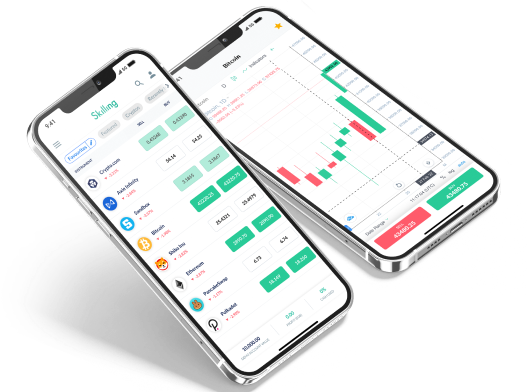Markets don’t always rise. In fact, some of the most profitable trades in CFD-trading happen when markets fall. Traditional investing often focuses on buying low and selling high, but with CFDs, you can also sell high and buy low — this is called shorting. By taking advantage of downward movements, CFD-traders can profit even in bearish conditions.
In this article, we’ll explore how to benefit from falling markets, how shorting works in CFD-trading, and what risk management strategies you need to apply to stay protected.
What Is Shorting in CFD-Trading?
Shorting (or going short) means opening a CFD position that profits when the underlying asset’s price drops. Rather than buying and waiting for the price to rise, you sell a contract at the current market price and aim to buy it back at a lower price later.

Example:
You short an index CFD at 5,000 points. The index falls to 4,800, and you close the trade — netting a 200-point gain.
Why Falling Markets Create Opportunity
- Panic selling and volatility can lead to sharp price drops
- News events, earnings misses, or economic data can trigger trends downward
- Short-term momentum in bear markets can be strong and fast
- CFDs give you access to this movement without owning the asset
How to Identify Bearish Setups
Look for:
- Lower highs and lower lows on charts
- Moving average crossovers signaling downtrends
- Bearish candlestick patterns (e.g., shooting star, bearish engulfing)
- Weak economic data or poor earnings reports
- Trendline breaks and failed support zones
These can all signal potential entry points for shorting.
Experience Skilling's award-winning platform
Try out any of Skilling’s trading platforms on the device of your choice across web, android or iOS.
71% of retail CFD accounts lose money.

Risk Management in Falling Markets
Shorting involves risk, just like going long. Price can spike unexpectedly against your position. Here’s how to protect yourself:
- Use tight stop-losses to limit losses if the trend reverses
- Never risk more than 1–2% of your trading capital on a single trade
- Don’t chase — wait for confirmation before entering
- Be aware of market catalysts (e.g., central bank statements, news releases)
Trends to Consider When Shorting CFDs
- Avoid shorting in extremely oversold conditions
- Combine technical and fundamental signals for better timing
- Keep trade sizes small during high volatility
- Watch your margin closely — sudden reversals can lead to fast losses
Why miss out on the commodities market's potential?
Discover the untapped opportunities in top traded commodities CFDs like gold, silver & oil.
71% of retail CFD accounts lose money.

Conclusion
Shorting allows CFD-traders to see opportunity where others see fear. With proper analysis and disciplined risk management, falling markets can become just as profitable as rising ones — if not more.












